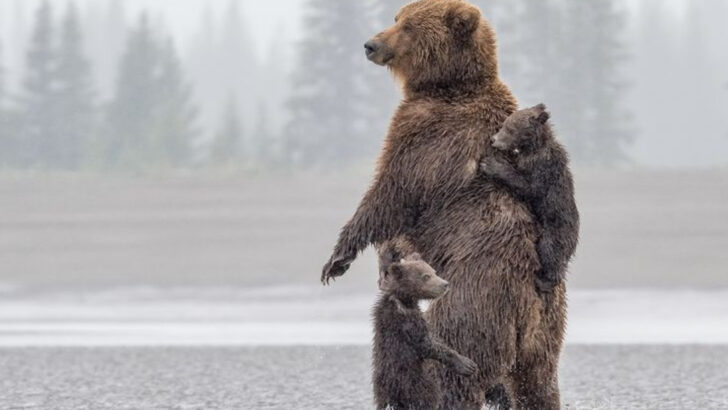Bears aren’t just big—they’re brilliant, sneaky, and full of surprises.
These fur-covered powerhouses can unscrew jars, mimic human movements, and even count—yes, count! They’re not lumbering beasts as cartoons suggest, but curious, clever survivors with personalities as bold as their paw prints.
Whether they’re walking upright like they own the forest or chilling in a tree hammock they rigged themselves, bears constantly remind us that we barely know them at all.
Get ready to meet the bear behind the growl—because these fun facts might leave even seasoned rangers raising their eyebrows.
Bears Are Expert Swimmers

Bears are not only adept on land but also in water. With strong limbs and buoyant bodies, they can swim for miles. Whether crossing rivers or cooling off during hot days, swimming is second nature to them. Picture a bear gliding effortlessly across a serene lake, a testament to its aquatic prowess. Interestingly, the polar bear, known for living in icy environments, relies heavily on swimming for hunting and mobility. This skill is crucial for their survival, highlighting their adaptability in varied terrains. From grizzlies to black bears, swimming showcases their versatility.
Polar Bears Have Black Skin
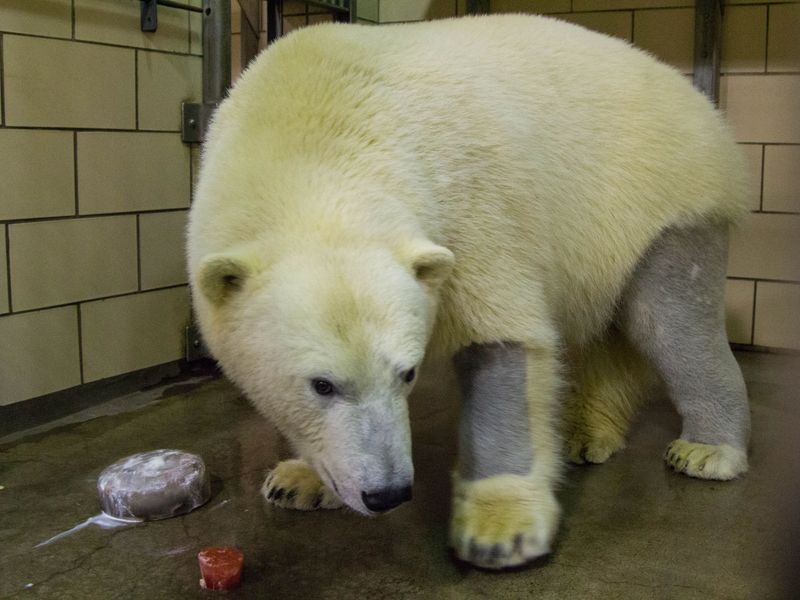
Beneath their thick, white fur, polar bears possess black skin. This adaptation aids in heat absorption, crucial in their frigid habitats. The white fur, which appears almost translucent, camouflages them in snow while the black skin absorbs sunlight, maximizing warmth. Imagine a polar bear lounging on ice, its fur glistening under the sun, hiding this secret adaptation beneath. This dual-layered approach of insulation and camouflage showcases the polar bear’s evolutionary ingenuity. These hidden layers are vital for thriving in the Arctic’s harsh conditions, demonstrating nature’s clever design.
Bears Can Run Fast
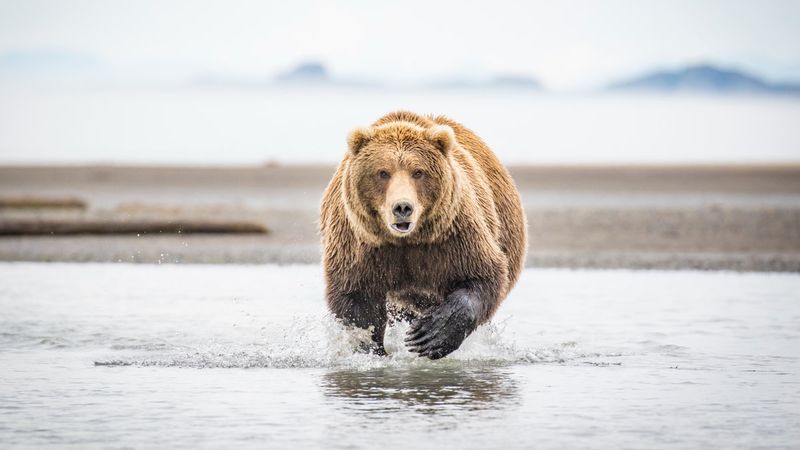
Despite their bulky appearance, bears can run surprisingly fast, reaching speeds up to 35 miles per hour. This ability allows them to chase down prey or escape threats. Visualize a bear dashing through the woods, its powerful muscles working in unison, a surprising blur of speed in the forest. Such agility is not just for hunting but also for exploring and defending territory. This impressive speed highlights a bear’s athleticism, breaking the stereotype of bears as slow-moving giants. Their bursts of speed are a testament to their strength and efficiency in the wild.
Bears Have a Strong Sense of Smell
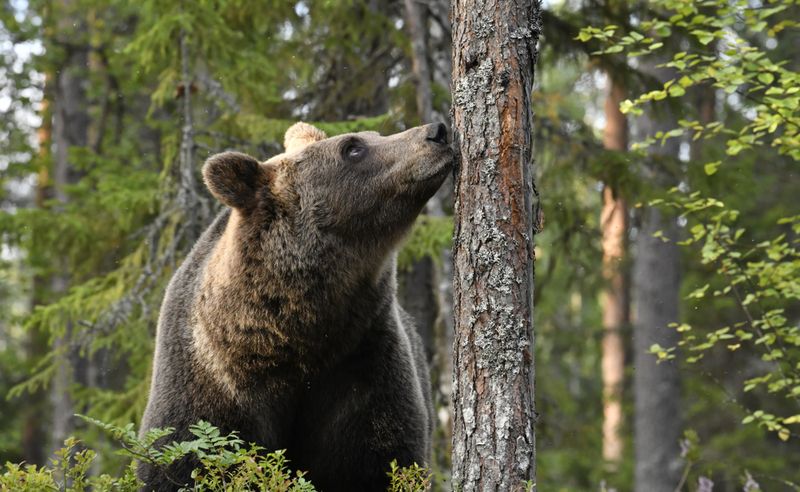
A bear’s sense of smell is incredibly sharp, even better than that of a bloodhound. They can detect food from miles away, navigating their environment through scent. Picture a bear standing tall, nostrils flaring, as it picks up a scent on the breeze. This sense is vital for locating food, especially in vast wildernesses. Bears rely on this heightened olfactory sense not only for finding meals but also for communication and recognizing territory. This keen ability underscores their survival strategies, making them skilled navigators in their expansive domains.
Pandas Are Technically Bears

Though they have distinct features, pandas are indeed part of the bear family. Known for their love of bamboo, these gentle giants share common ancestry with other bears. Visualize a panda munching on bamboo, its black and white fur a striking contrast against the green foliage. Despite their herbivorous diet, pandas have the digestive system of carnivores, a nod to their bear lineage. This connection surprises many, given their unique appearance and diet. However, their shared genetic traits affirm pandas’ rightful place among bear species.
Bears Hibernate Differently
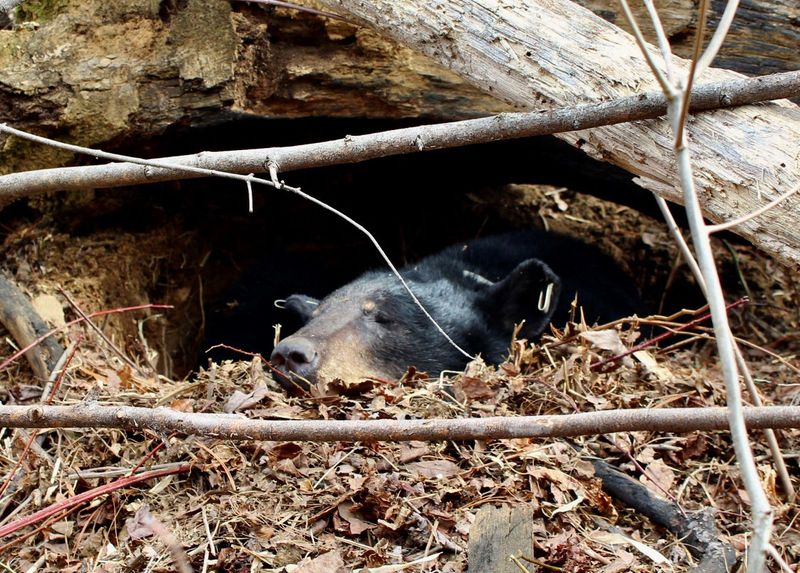
Hibernation in bears is a complex process, differing from typical animal dormancy. During this period, bears enter a state of reduced metabolic activity, surviving on stored body fat for months. Envision a bear nestled in a warm den, its slow breathing barely stirring the winter air. Unlike other hibernators, bears can awaken and become active if disturbed. This unique adaptation allows them to emerge ready for action as seasons change. While many animals sleep deeply, bears’ lighter hibernation ensures their readiness for survival, blending rest with vigilance.
Grizzly Bears and Brown Bears Are the Same
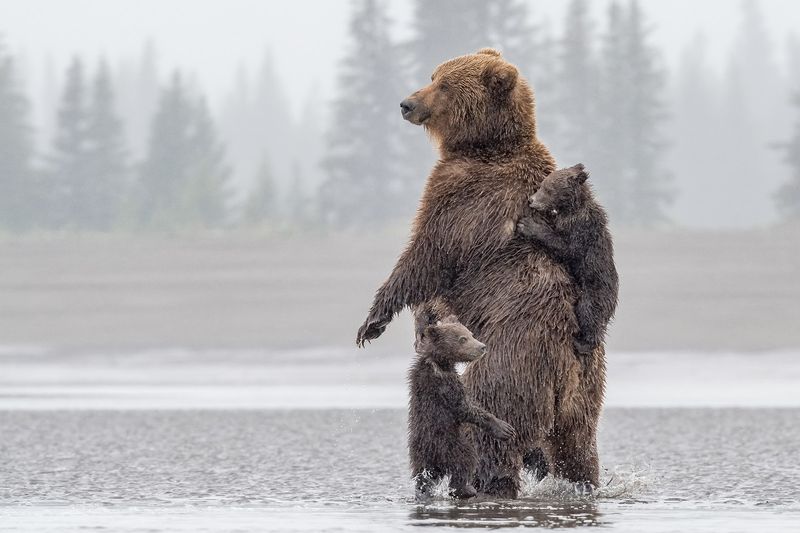
Grizzly bears are actually a subspecies of brown bears, found primarily in North America. Known for their distinctive hump and formidable presence, they are often mistakenly considered a separate species. Imagine a grizzly bear standing amidst rugged terrain, its powerful form a symbol of wilderness strength. This classification highlights the diversity within the brown bear species, showcasing variations adapted to specific environments. Understanding this relationship enriches knowledge of bear taxonomy, revealing how environment shapes these magnificent creatures.
Bears Communicate Through Body Language
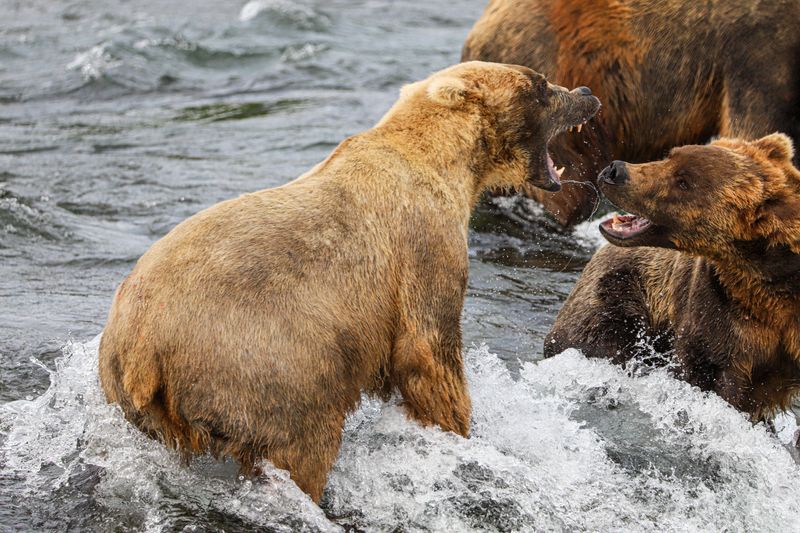
Bears possess a sophisticated system of communication through body language. From standing on hind legs to vocalizations, they convey emotions and intentions. Picture two bears in a playful interaction, their movements a silent dialogue. This non-verbal communication is crucial for social interaction, mating, and establishing dominance. Understanding these signals helps observers interpret bear behavior in the wild. These gestures bridge the gap between instinct and social interaction, showcasing bears’ complex social structures. Such communication enriches their interactions, highlighting intelligence beyond mere survival.
Bears Have Blue Eyes at Birth
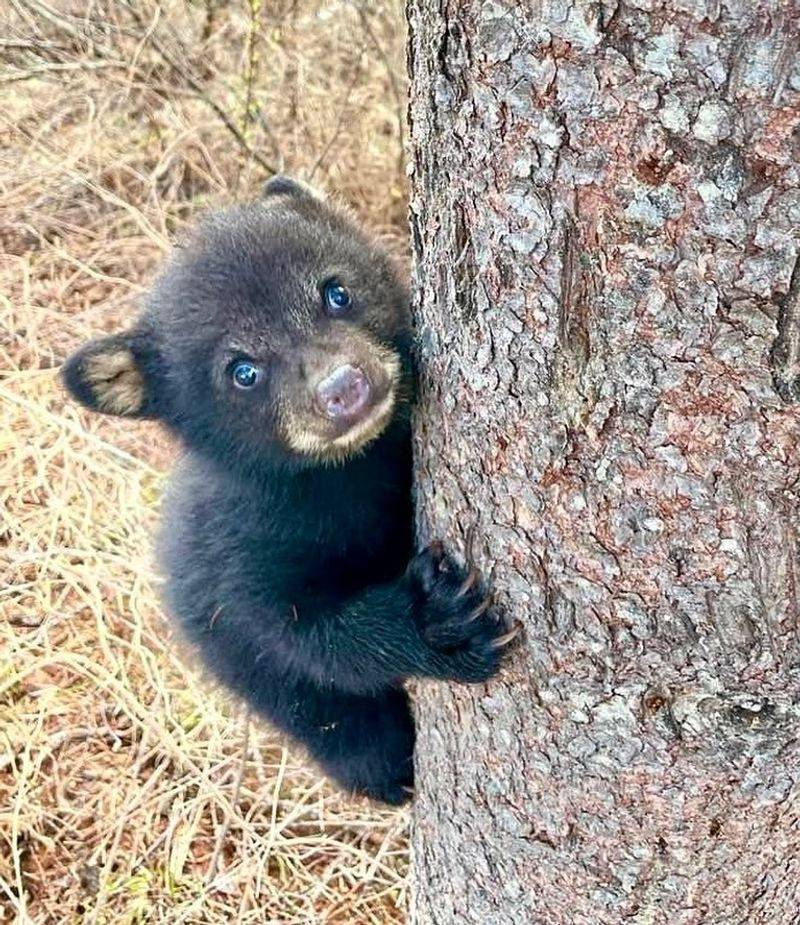
At birth, bear cubs often have striking blue eyes, a feature that changes as they grow. This eye color is temporary, transitioning to brown or black with maturity. Envision a bear cub peering out from the undergrowth, its blue eyes wide with curiosity. This change marks the transition from infancy to adulthood, a subtle reminder of the growth process. The blue eyes, a fleeting glimpse into the cub’s early life, add a touch of wonder to their development. This transformation highlights the dynamic nature of bears throughout their life stages.
Bears Are Omnivores
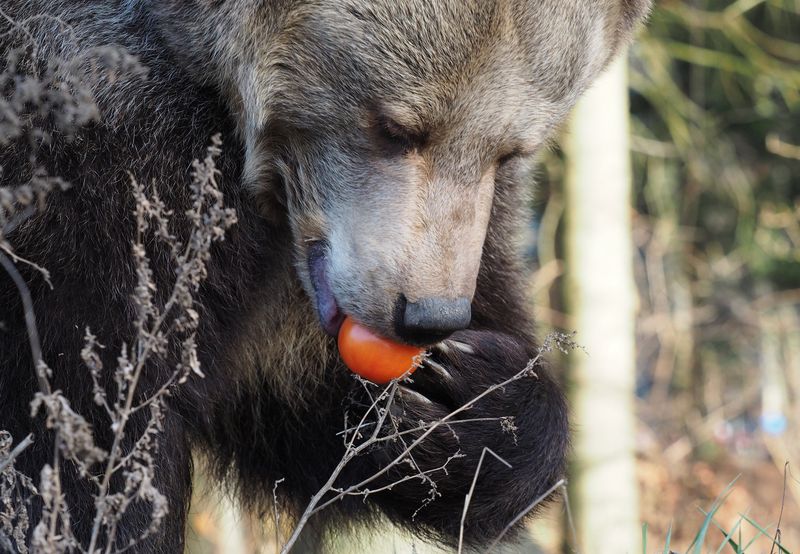
Bears are true omnivores, consuming a varied diet that includes plants, insects, and small mammals. They adapt their eating habits to available resources, showcasing dietary flexibility. Visualize a bear foraging in the forest, sampling berries and catching fish, a testament to its adaptable palate. This omnivorous nature allows bears to thrive in diverse environments, from dense forests to open tundras. Their diet is a reflection of their survival instincts, balancing nutritional needs with ecosystem dynamics. This adaptability underscores bears’ resilience in ever-changing habitats.
Bears Use Tools

Bears have been observed using tools, a sign of intelligence once thought unique to primates. They may use rocks to crack open nuts or logs to fish for insects. Picture a bear deftly employing a tool, a glimpse into its cognitive abilities. This behavior demonstrates problem-solving skills, adapting objects to meet needs. Such intelligence challenges perceptions of bears as instinct-driven creatures, revealing a deeper capacity for learning and adaptation. Observations of tool use highlight bears’ ingenuity, adding another layer to understanding their complex behavior in the wild.
Spectacled Bears Are South America’s Only Native Bears

The spectacled bear, with its unique facial markings, is the only bear species native to South America. Residing in the Andes, these bears are known for their distinctive “spectacles” of light fur around their eyes. Picture a spectacled bear navigating the mountainous terrain, a solitary figure in the lush landscape. This bear’s presence in South America underscores the continent’s biodiversity, representing a lineage distinct from its northern relatives. The spectacled bear’s adaptation to this unique environment highlights the evolutionary paths of bear species worldwide.
Bears Have a Unique Gait
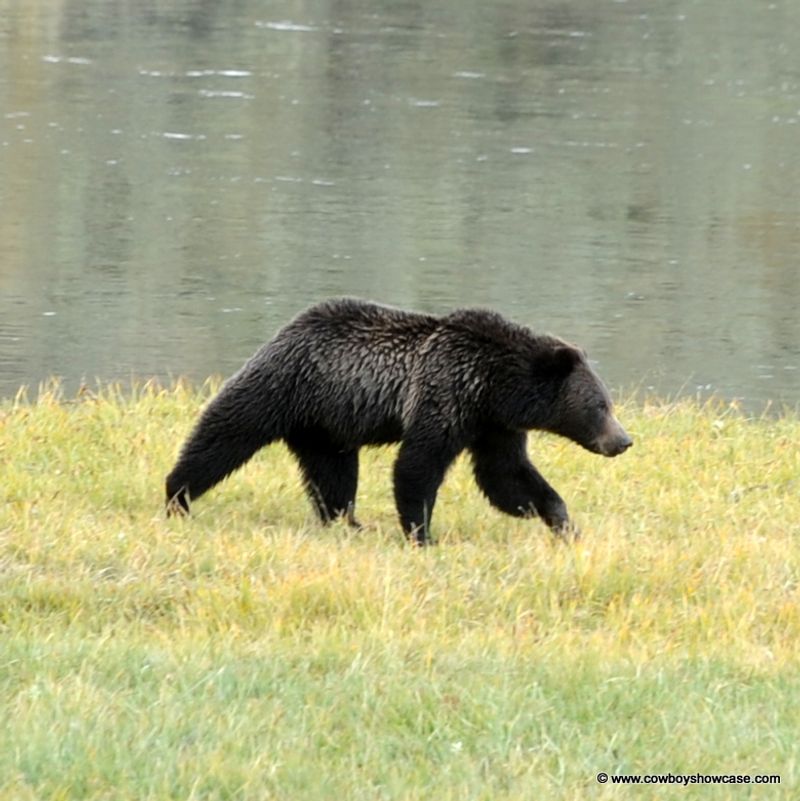
Bears walk with a distinctive gait known as a “pacing” gait, where the hind feet step in the same track as the front feet. This method of walking conserves energy and is efficient for their heavy bodies. Visualize a bear ambling through the woods, its unique walk a signature of its species. This gait not only aids in energy conservation but also minimizes noise, crucial for approaching prey or avoiding detection. Understanding this movement provides insights into bears’ adaptations for survival, enhancing appreciation of their evolutionary traits.
Bears Are Highly Intelligent
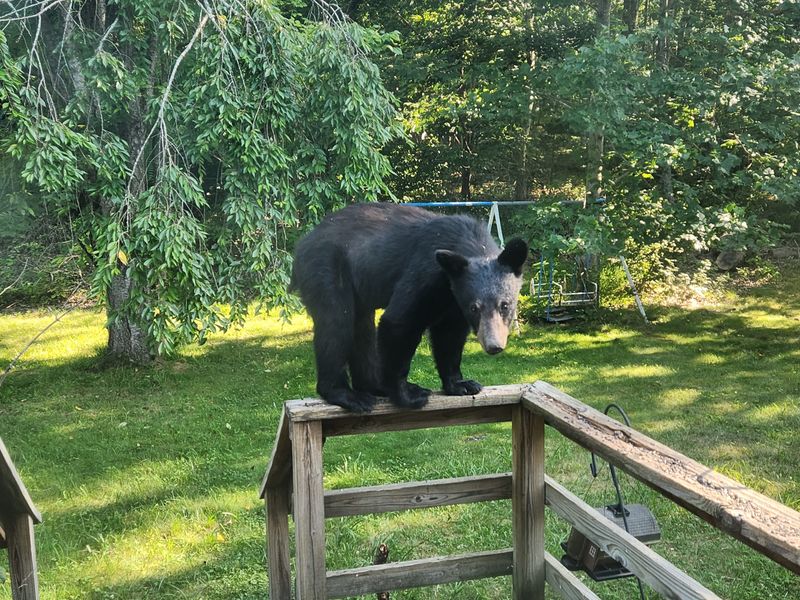
Bears rank among the most intelligent mammals, capable of complex problem-solving and learning. In captivity, they have been observed solving puzzles and navigating challenges. Picture a bear engaged with a puzzle, its focus revealing a keen intellect. This intelligence parallels that of primates, showcasing cognitive abilities beyond instinctual behavior. Such capabilities allow bears to adapt to changing environments and situations, demonstrating a profound understanding of their surroundings. Their intelligence is a key component of their adaptability, ensuring survival in diverse ecosystems.
Bears Play a Key Role in Ecosystems
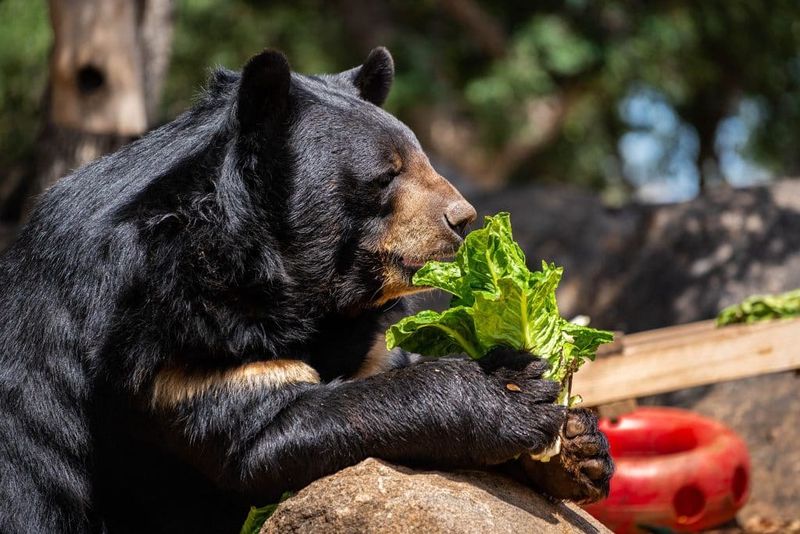
Bears are integral to their ecosystems, influencing both flora and fauna. As they forage, they disperse seeds, aiding plant growth and diversity. Imagine a bear meandering through the forest, unwittingly planting the next generation of trees and shrubs. Their predation helps maintain balanced animal populations, preventing overgrazing. This ecological role underscores their importance, impacting biodiversity and ecosystem health. Bears’ presence is a catalyst for environmental change, highlighting interconnectedness within habitats. Recognizing their ecological contributions fosters understanding of conservation needs and ecological balance.
Bears Have Unique Sleep Patterns
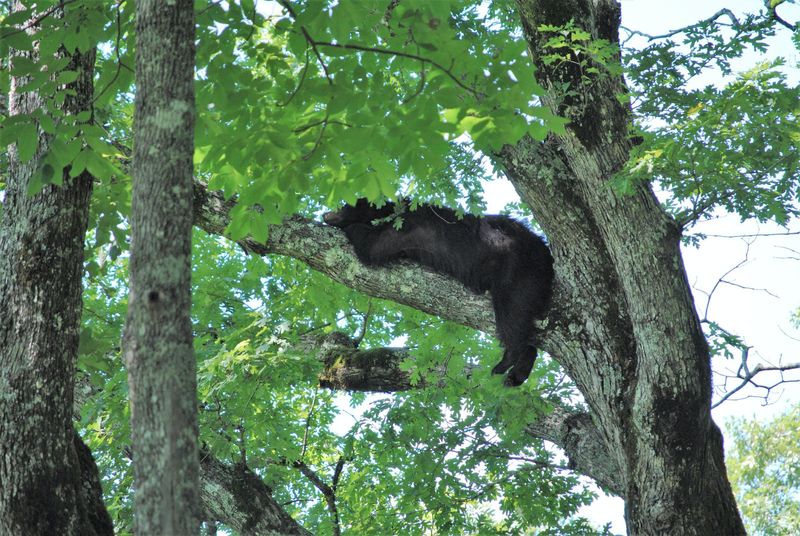
While many animals follow a regular sleep pattern, bears exhibit unique sleep cycles that can vary significantly depending on the species. For instance, black bears have been observed taking short naps rather than sleeping for long periods, adjusting their sleep according to environmental changes.
Interestingly, some bears may even wake up during their hibernation for brief periods, making their sleep habits even more unpredictable. These sporadic sleep patterns allow bears to conserve energy while remaining alert to potential threats or opportunities for food.
This adaptability showcases a remarkable survival strategy in the ever-changing wilderness.

